100% Satisfaction Guaranteed
We stand behind the quality of our work and offer a 100% satisfaction guarantee for every order. If you're not happy with the results, we'll start over and make it right—no runaround, just responsive, U.S.-based support.

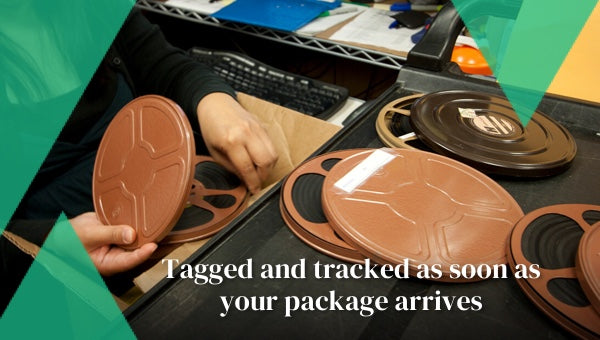
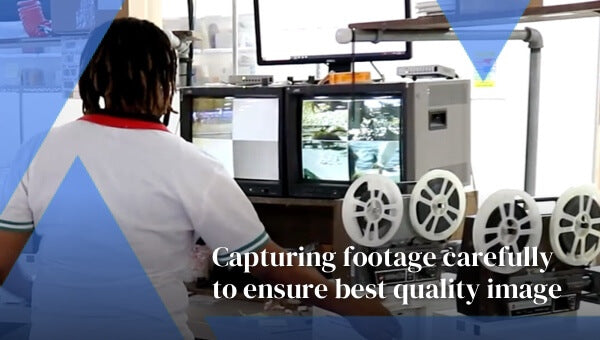
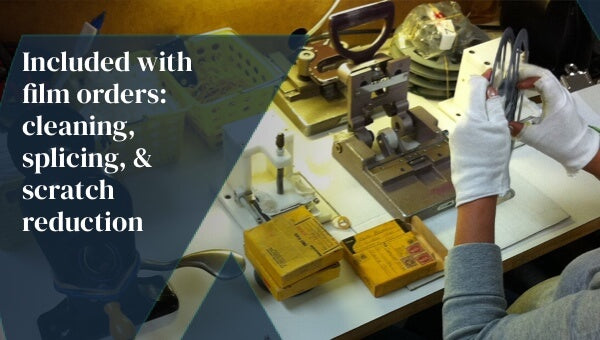
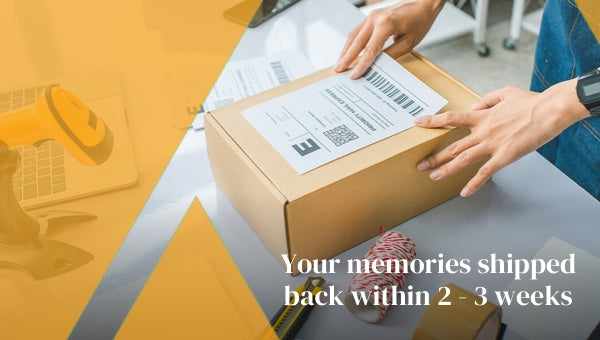





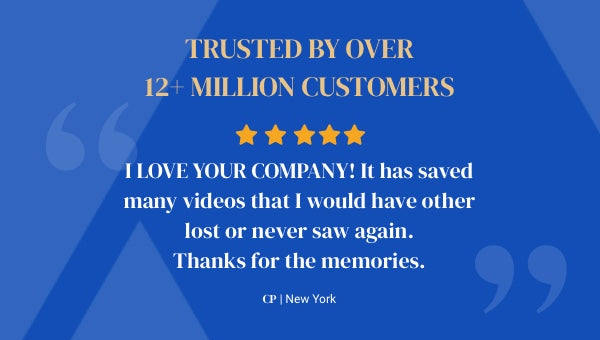

Pricing is based on the amount of video content successfully processed.
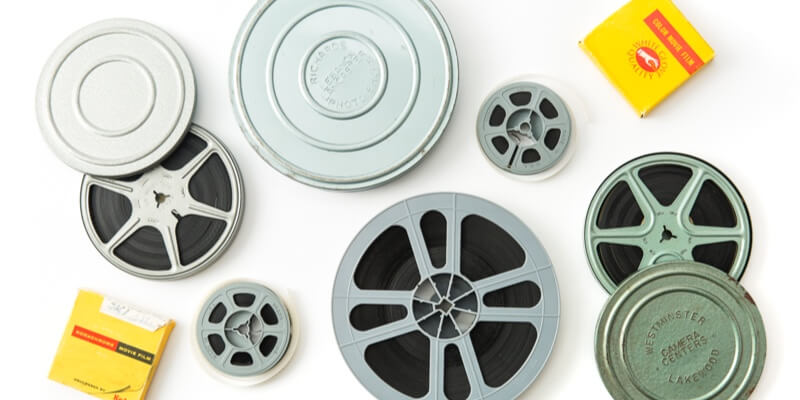
Capture can digitize 8mm film starting at $34.98 for the first 100 feet of Super 8 or 8mm film.
Then, we charge only 30 cents for each additional foot after the original 100 feet.
This affordable price also includes cleaning, splicing, enhanced colors, and scratch reduction as needed.
Upgrade to Enhanced Content for $9.98
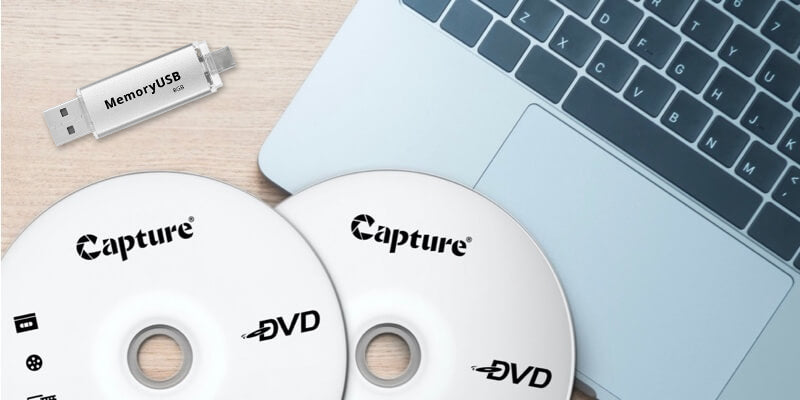
Get a USB copy of your entire order for just $18.98, and there's no need to purchase additional USBs for more content like photo prints or videotapes unless you want extra copies.
Upgrade to Enhanced Content for $9.98
Our DVDs are priced at $8.98 per transfer, regardless of the amount of footage.
To get additional copies for sharing, simply add multiple DVD orders above.


Film transfers are captured at 720 x 480 pixels. Our guaranteed service includes original audio, cleaning, splicing, enhanced colors, and scratch reduction as needed.
Digitize 8mm Film in less than 30 days in only 3 steps:
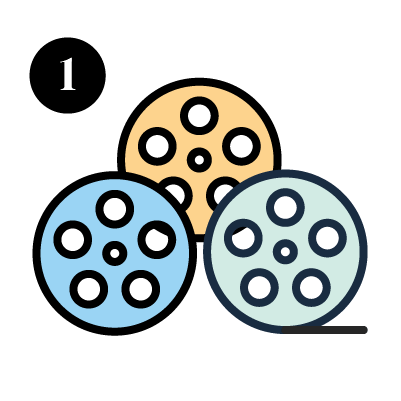 Create your order. Then, gather your film reels and any additional information you want to provide.
Create your order. Then, gather your film reels and any additional information you want to provide.
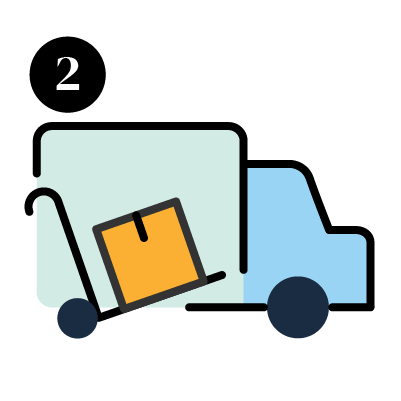 Prepare your media to be shipped by packing it safely. You can add a pre-paid shipping label to your order or use your own shipping option to mail your media.
Prepare your media to be shipped by packing it safely. You can add a pre-paid shipping label to your order or use your own shipping option to mail your media.
 After we assess your items, you will review an invoice. Once you approve it, we'll begin digitizing your memories. Within 4 weeks, you'll receive high-quality digital versions of your film reels along with your originals.
After we assess your items, you will review an invoice. Once you approve it, we'll begin digitizing your memories. Within 4 weeks, you'll receive high-quality digital versions of your film reels along with your originals.
Your memories are in good hands because we take every precaution to ensure every moment is safe.
We provide 24/7 monitoring, advanced tracking, and state-of-the-art security to protect your memories from the moment they arrive until they are shipped back to you.
You can check the processing status throughout the entire transfer with regular email notifications, so you know your precious memories are in good hands.
Plus, our friendly customer service experts are here to help if you have any questions.

Every memory processed by our video conversion service is safeguarded with a 90-day back-up stored in your complimentary MemoryCloud account.
We use secure cloud storage to ensure only you have access to your memories.
Let us know what we're digitizing, so we can accurately title and organize your files.
Providing the date of your film reels allows us to put them in chronological order for easy future viewing.
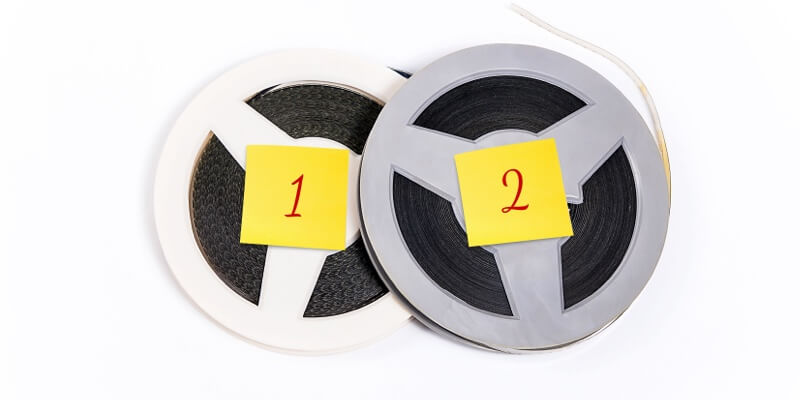
Label your film reels before sending them to us to make organizing your memories a breeze.
Click “Tell us about your memories” area to provide any personal details you want us to include in the digital copies, such as titles, years, and places.
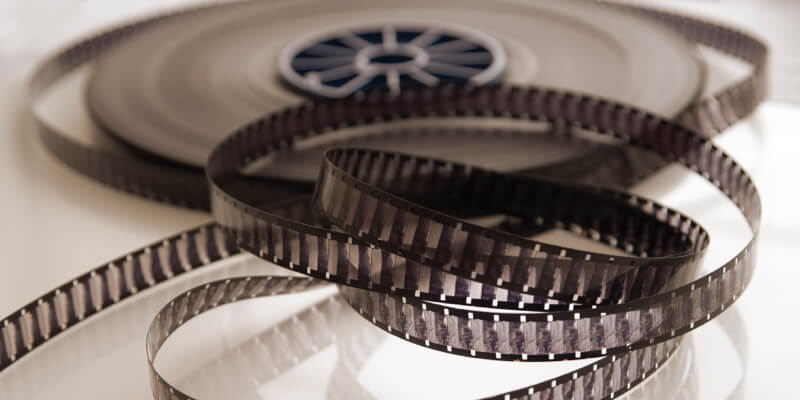
We offer the option to auto-save digital files to your Google Photos Library for easy organization by location and time on your smartphone, tablet, or other device.
Plus, our film conversion option comes with smart chapters, highlight videos, and personalized titles and themes for your enjoyment and organization.
All orders include a Digital Download in MemoryCloud, which is best suited for viewing on computers, smartphones, or iPads/tablets, providing easy access without the need for physical media.
You then have the option to add on a physical output:
Both Super 8 and 8mm film are 8 millimeters in width, but Super 8 film offers a sharper image with higher definition and audio capability, which is why it used to be a prime choice for filmmakers. 16mm film offers double the width, which means it allows for more detail.
You can digitize your own Super 8 home movies, but it takes some patience, practice, and time as you will have to work through the film frame-by-frame. Another option is to buy and learn how to use a Super 8 to digital converter machine, but they can get expensive and are targeted toward a tech-savvy audience.
Need some help starting the process? We can help with a Free Instant Quote! Learn More >
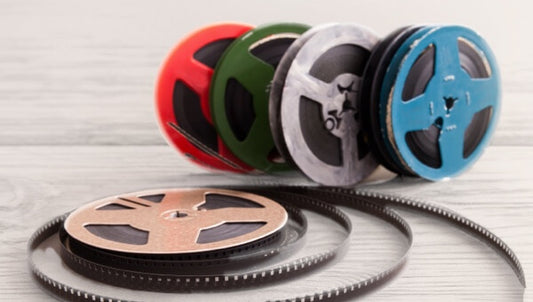
Convert Your Old Film to Digital Copies, USB, DVD & More! We can digitize 16mm film, 8mm film and Super...

Convert Your Old Film to Digital Copies, USB, DVD & More! We can digitize 16mm film, 8mm film and Super...
Regular price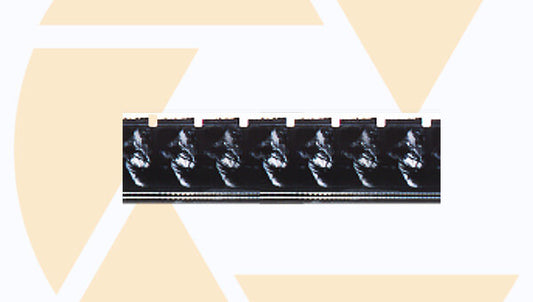
Convert Your Old 16mm Film to Digital Copies, USB, DVD & More! We price our 16mm film to digital services...

Convert Your Old 16mm Film to Digital Copies, USB, DVD & More! We price our 16mm film to digital services...
Regular price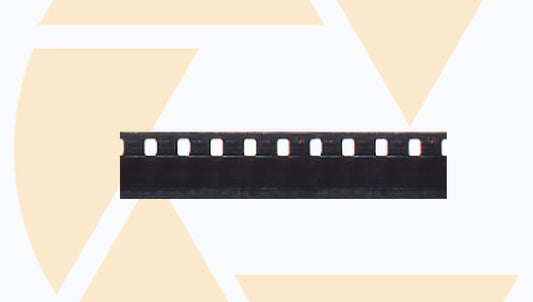
Convert Your Old 8mm Film to Digital Copies, USB, DVD & More! We can digitize 8mm film and Super 8mm...

Convert Your Old 8mm Film to Digital Copies, USB, DVD & More! We can digitize 8mm film and Super 8mm...
Regular price